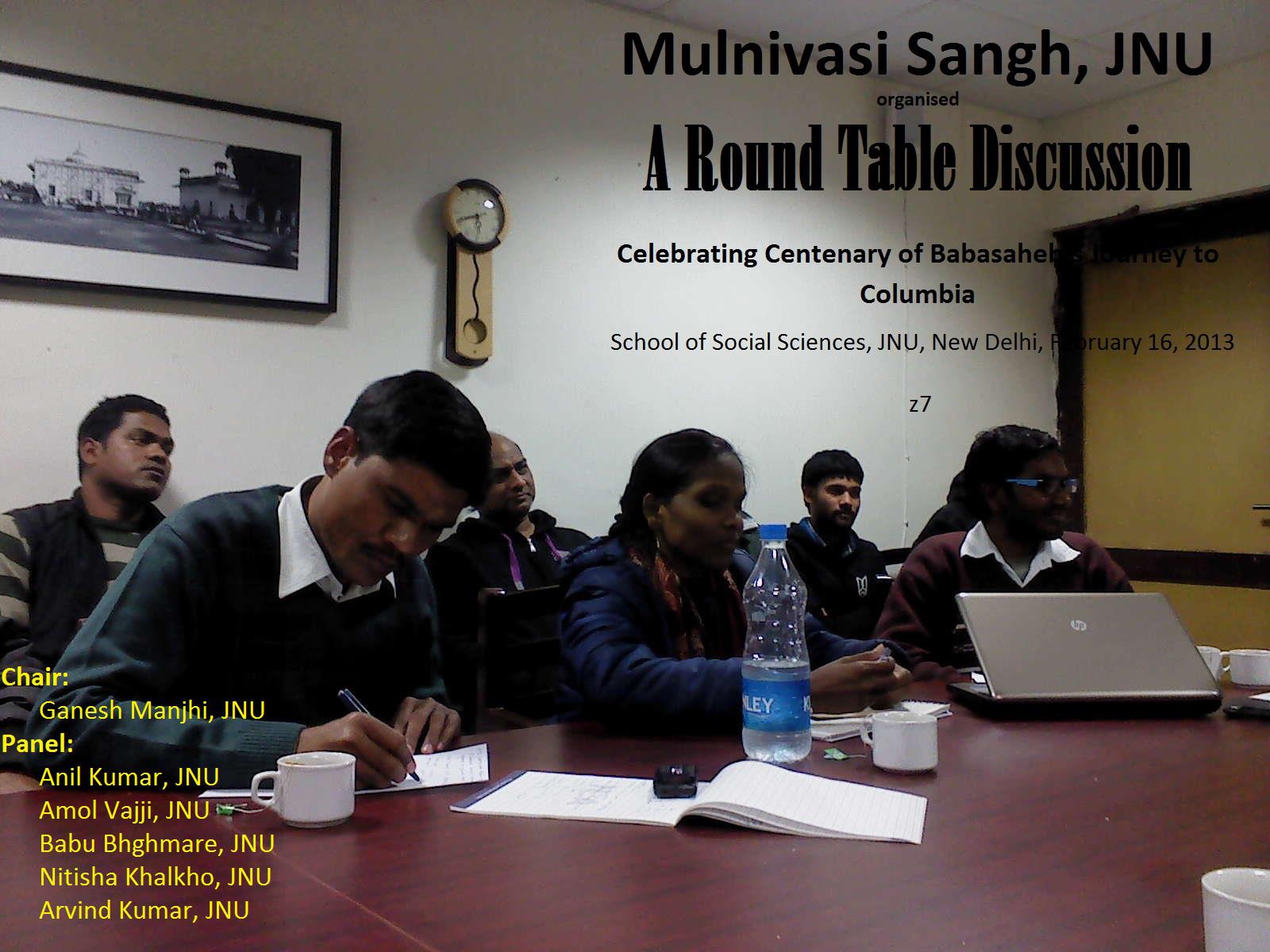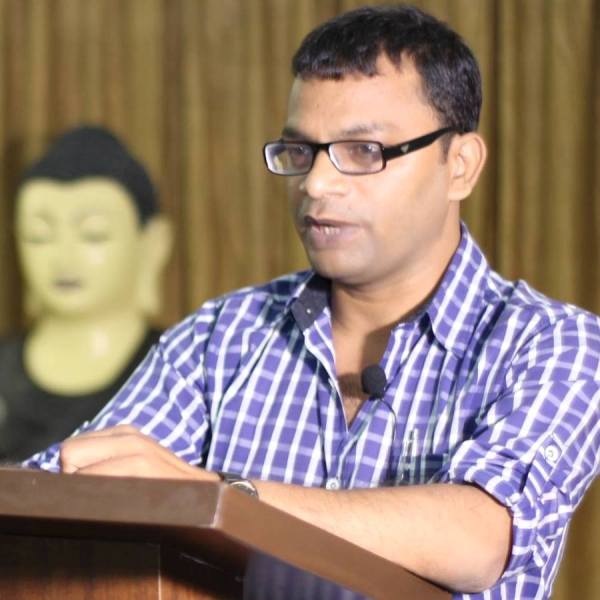Ajay Pateer
Following the innumerable COVID-19 deaths across the country during the second wave, more Indians are getting health conscious than there used to be. There is a noticeable rise in fitness cultures. People can be seen walking, running and cycling on public roads in urban spaces since aerobic exercises help us strengthen our pulmonary and cardiovascular system which are attacked by the coronavirus. Fitness content is trending and pharma stocks are rising. In such a context, Sarpatta and Toofaan have been released in a week’s gap on Amazon Prime. The flashiest things in both the films are male bodies. The films are visually plagued by ugly and toxic musculature.
Gaining or losing weight in a short period of time for a film shooting has become a cliché even in Indian cinema. Perhaps Amir Khan started it with Dangal or Dhoom 3. It is unhealthy. The use of performance enhancing drugs (PEDs) by celebrities for such transformations is an open secret in fitness industry but the fans are not informed by their favourite stars and their trainers.
Filmmakers and stars should be more socially responsible than that. Such films give the fans aspirations for bodies that are impossible to build and maintain naturally by most people. The flashy musculature claims a de facto template for male physique that boosts the sales of mass gainers and PEDs i.e. profits the nutrition and pharmaceutical industry. Both Aziz Ali and Kabilan look less like Mohammad Ali or Vijendra Singh and more like Gymshark models. The bodies shown are not boxers’ bodies by any means, they appear to be just following the male physique trends. Both the heroes look awfully ugly when compared to real life boxers.
Muhammad Ali (Left) and Vijendra Singh (right)
Kabilan from Sarpatta (left) and Aziz Ali from Toofaan (right)
Toofaan follows the age old Bollywood tropes. Hero fights for the heroine; lovers are disowned by brahmanical and patriarchal family; towards the end they are reconciled with the family; loss of a loved one inspires rage and masculinity and so on as it did in many Mithun and Dharmendra films as well. Toofaan‘s coach (Paresh Rawal) is islamophobic. His islamophobia is partly cured by Aziz’s goodwill, hard work, devotion and basically high moral character; and partly by the confrontation with the offspring of the inter-religion couple, his granddaughter.
Sarpatta follows Pa Ranjith’s anti-caste narrative trajectory to a great extent while also making space for glamourising DMK politics. It is shown that the DMK cadres are immune to or cured of their inherent casteism. Since the coach (Pasupathy) is a DMK cadre, he does not discriminate in boxing and in any other aspect of his life. In the later half when he refuses to coach a corrupted Kabilan, following the direction of Kabilan’s mother the fisherman coach Beedi is found who trains him in his own way, showing that Dalits as a community does not lack what it takes to make a champion in any way. This is where Sarpatta differs from Toofaan. Aziz Ali does not have that communal advantage since he is cut away from his community. His way is to leave the morally questionable Muslims and to comply with the morally questionable Hindu coach. When denied training by the islamophobic, he has nowhere to go. He is cheated by the sports administration as well, before the coach comes to the rescue. He fights because his dead wife wanted him to. His emancipation is in getting accepted by the coach who is also family.
Ranjith’s comments on social reality are much more nuanced and grounded in reality. In fact it is his forte. Kabilan is looked down upon and humiliated by other coaches and clans because of his caste. His father was killed for being an achiever despite his caste location. Kabilan is corrupted by alcoholism and his wife and mother suffer the most. He loses moral ground to train with his coach. That is enough social reality for a boxing film. Kabilan’s way is to fight for his people, his clan and himself because his people rarely get such opportunities. Finally, his emancipation is in boxing itself i.e. to achieve and shine beyond the brahmanical division of labourers. It is to punch brahmanical merit in the face the way Muhammad Ali did to white supremacy.
~~~
Ajay Pateer is a research scholar at the Department of Cinema and New Media Studies, School of Arts & Aesthetics, JNU. He is currently working on piracy cultures and transformative media works vis-a-vis popular Hollywood cinema in India. He is also associated with BAMCEF and BAPSA.









